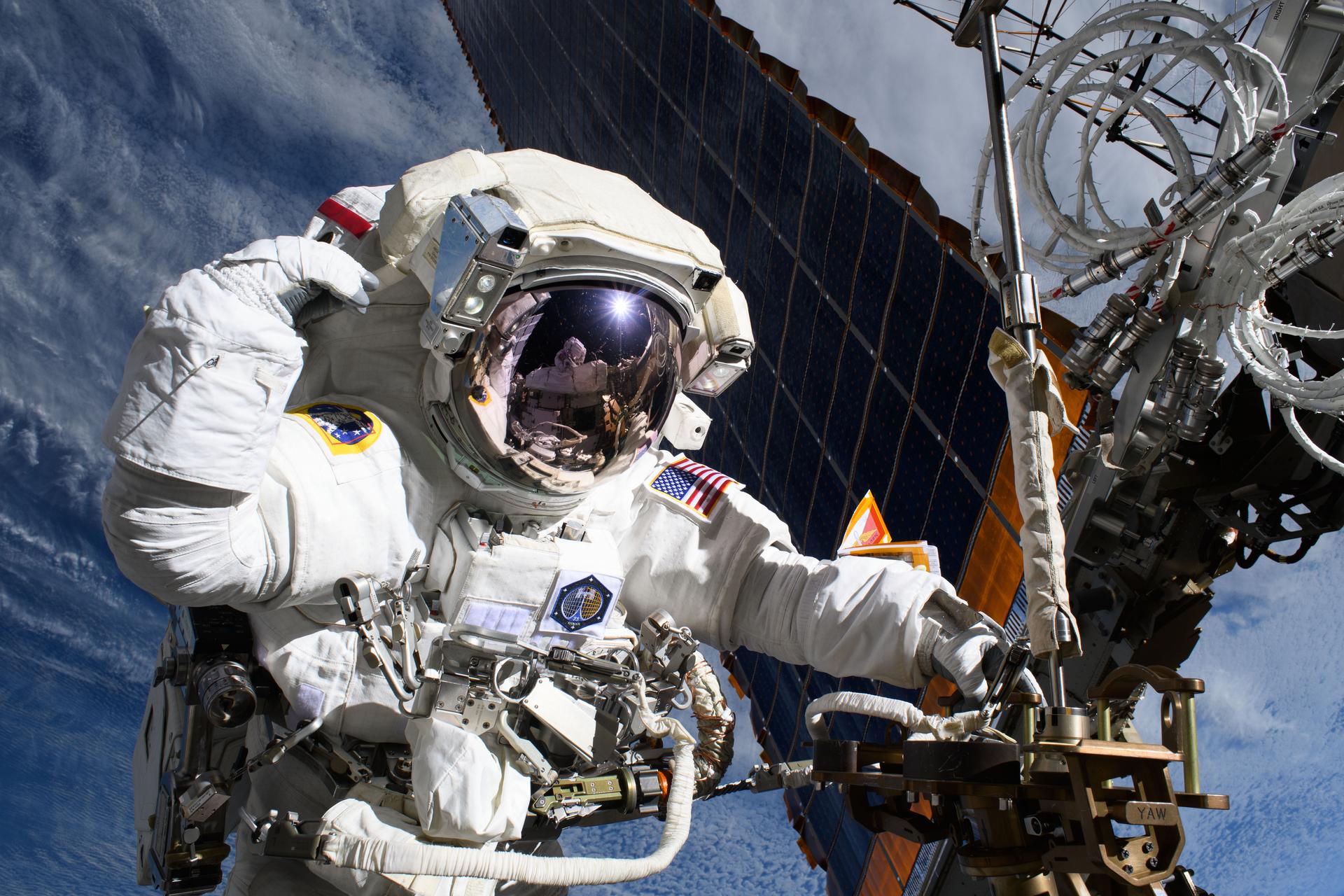The ISS Spacewalk Glove Issue: Lessons from Recent Extravehicular Activity
Space exploration requires an extraordinary level of preparation and resilience. Even minor technical setbacks can challenge mission success and astronaut safety. One example is the recent spacewalk glove issue encountered during a historic all-female spacewalk outside the International Space Station (ISS). This article explores what happened, why glove integrity is critical, and what it means for future extravehicular activity (EVA).

The Spacewalk Glove Issue: What Went Wrong?
On May 1, 2025, NASA astronauts Anne McClain and Nichole Ayers stepped outside the ISS for the fifth-ever all-female spacewalk. Minutes before exiting the airlock, McClain noticed strands of string on the index finger of her right glove—an early warning of a possible spacewalk glove issue. NASA’s Mission Control responded quickly, pausing the EVA’s start to thoroughly inspect the affected glove and ensure astronaut safety before proceeding.
The precaution was critical, as gloves are one of the most vulnerable parts of an EVA spacesuit. Even minor wear can lead to exposure risks, as astronauts rely heavily on their hands to operate tools and perform delicate repairs. Thanks to rigorous protocols, McClain’s glove was cleared for the mission, and the spacewalk went ahead successfully. For additional context on this specific mission and its outcomes, AP News covers the event in detail.
Why Do Glove Issues Matter in Space?
Astronaut gloves face extreme mechanical stress from gripping handrails, using tools, and adjusting equipment. The vacuum of space, sharp edges on machinery, and the cold can all weaken glove materials over time. A spacewalk glove issue can compromise pressurization or dexterity, putting astronauts at risk of injury or mission failure. This is why glove checks before, during, and after spacewalks are standard procedure.
During the May 1 mission, the astronauts also installed a new solar array modification kit and relocated a key communications antenna. These tasks required precision and exposed them to multiple surfaces that could further stress their gloves. NASA's official update discusses post-spacewalk cleanup and checks, emphasizing continued suit safety.
Lessons Learned and Future Precautions
The prompt identification and handling of the spacewalk glove issue illustrate NASA’s commitment to astronaut safety. Mission controllers and astronauts alike are vigilant in recognizing even subtle indicators of wear and tear. These lessons inform both future suit design and training protocols, ensuring every crew member is prepared for glove-related challenges.
The successful completion of the tasks—despite delays for safety checks—demonstrates the adaptability of both astronauts and ground teams. Notably, McClain’s attention to her glove prevented what could have been a dangerous situation, further underscoring the importance of constant vigilance.
For further reading on this spacewalk’s objectives and achievements, Space.com provides an in-depth breakdown of the mission’s milestones.
Conclusion: Vigilance Is Key to Space Safety
The recent spacewalk glove issue did not derail the May 1 EVA, but it serves as a powerful reminder: even minor technical concerns can pose serious risks in space. Thanks to robust safety procedures, astronauts continue to push the boundaries of human achievement beyond Earth. Paying close attention to suit integrity, especially gloves, remains a top priority for every mission. As spacewalks enable ever more complex repairs and upgrades, such vigilance ensures that explorers return safely—ready for the next leap forward.